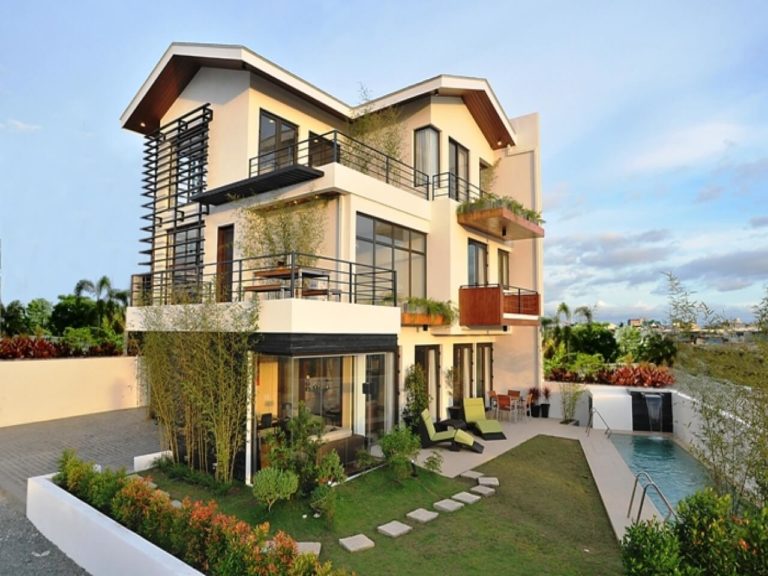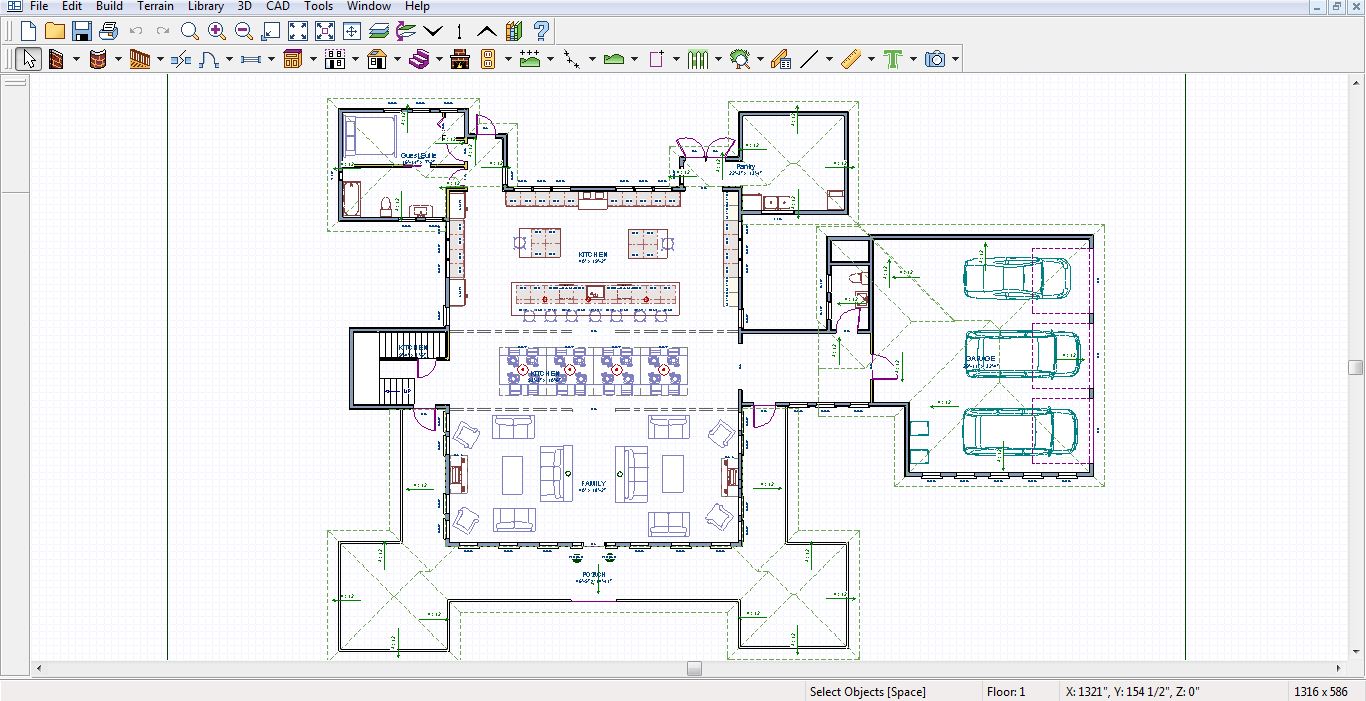

Select Build> Railing and Deck> Straight Railing from the menu, then click and drag a railing over one of the interior walls on Floor 1.Select Tools> Floor/Reference Display> Reference Display from the menu to turn on the Reference Display, which allows you to see the position of objects on the floor below by displaying them in red.In this example, we will raise the floor of a room on Floor 2 and increase the ceiling height of the room below as a result. When all of your floors are in place with the correct default heights, you can make changes to individual rooms. Note: If you specify a different Floor Height, the default Ceiling Height of the floor below will be affected. Specify the desired default Ceiling for Floor 2, then click OK.Just as on Floor 1, select Edit> Default Settings from the menu and open the Floor Defaults dialog for Floor 2.Close the 3D view to return to floor plan view, then go Up One Floor to the new Floor 2.Notice that the program has restored the default ceiling height to the rooms on this floor. Go Down One Floor and create a Doll House View.In the New Floor dialog, select Derive 2nd floor plan from the 1st Floor plan and click OK.Ī new floor is created with exterior walls directly above those on the floor below.Close the 3D view to return to floor plan view and select Build> Floor> Build New Floor from the menu.In a Doll House View, you can see how this change affects the walls.On the Structure panel of the Room Specification dialog that displays, decrease the Ceiling value and click OK.įor the purposes of our example, we will set it to 7' (84").While still in the Doll House View, click the Select Objects button, click in a different room to select it, and c lick the Open Object edit button.Select 3D> Create Camera View> Doll House View to see the results.Īgain, you are changing ceiling heights only to illustrate the effect on the model.On the Structure panel of the Room Specification dialog that opens, increase the Ceiling value.įor the purposes of this example, raise it to 11' (132").Starting in Home Designer 2022, you can hold down Ctrl/Command to select multiple rooms to modify simultaneously. Click the Select Objects button, click in one of the rooms to select it, and c lick the Open Object edit button.Select Build> Wall> Straight Interior Wall, and click and drag two walls to create three separate rooms.For this part of the tutorial, start a New Plan and create a basic rectangular structure.

While it is not recommended that you change a room's ceiling height when additional floors have yet to be created, we will do so in this example to illustrate how this change will affect the model. In Home Designer Pro, navigate to 3D> Create Perspective View> Doll House View instead.



 0 kommentar(er)
0 kommentar(er)
